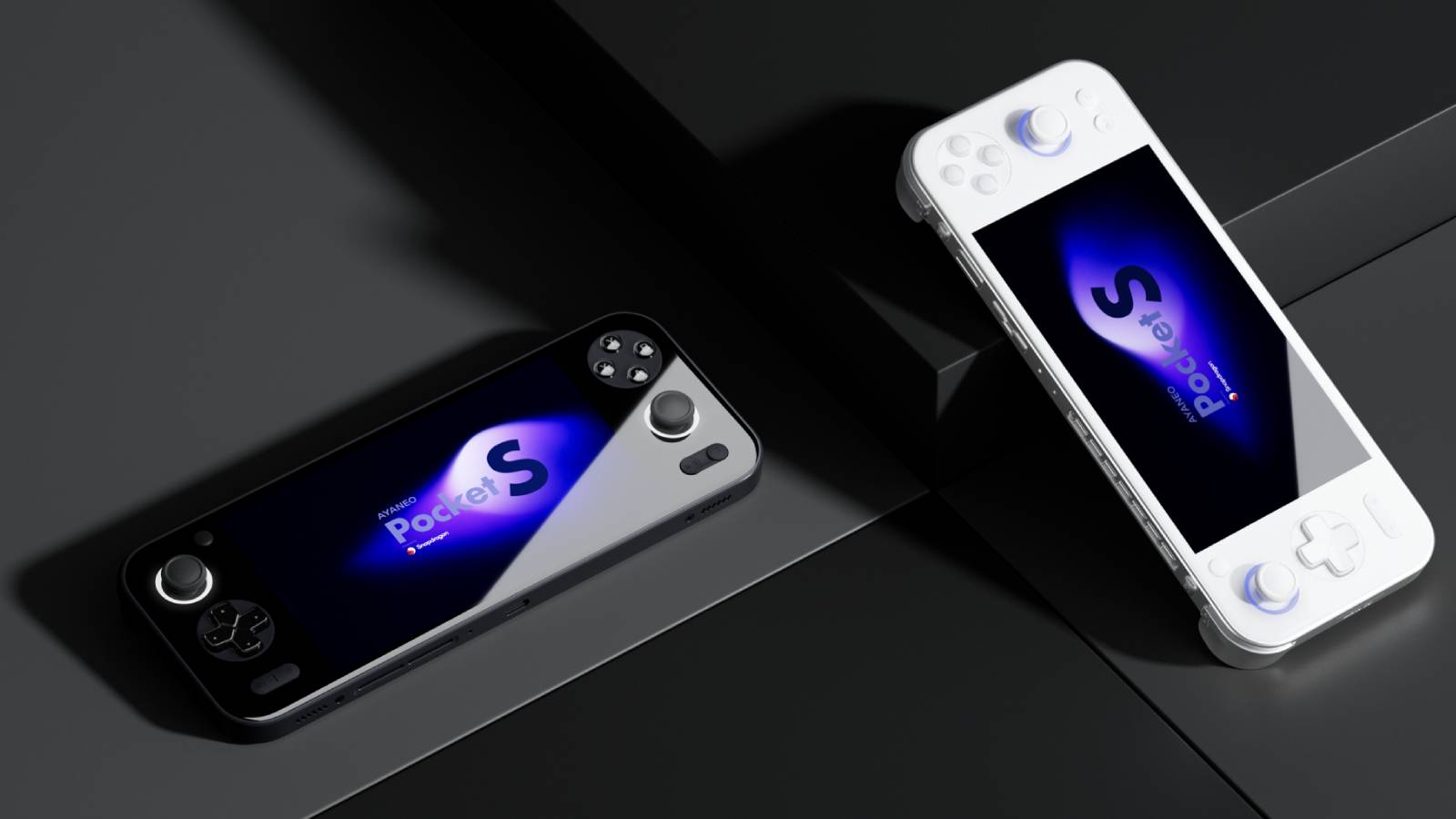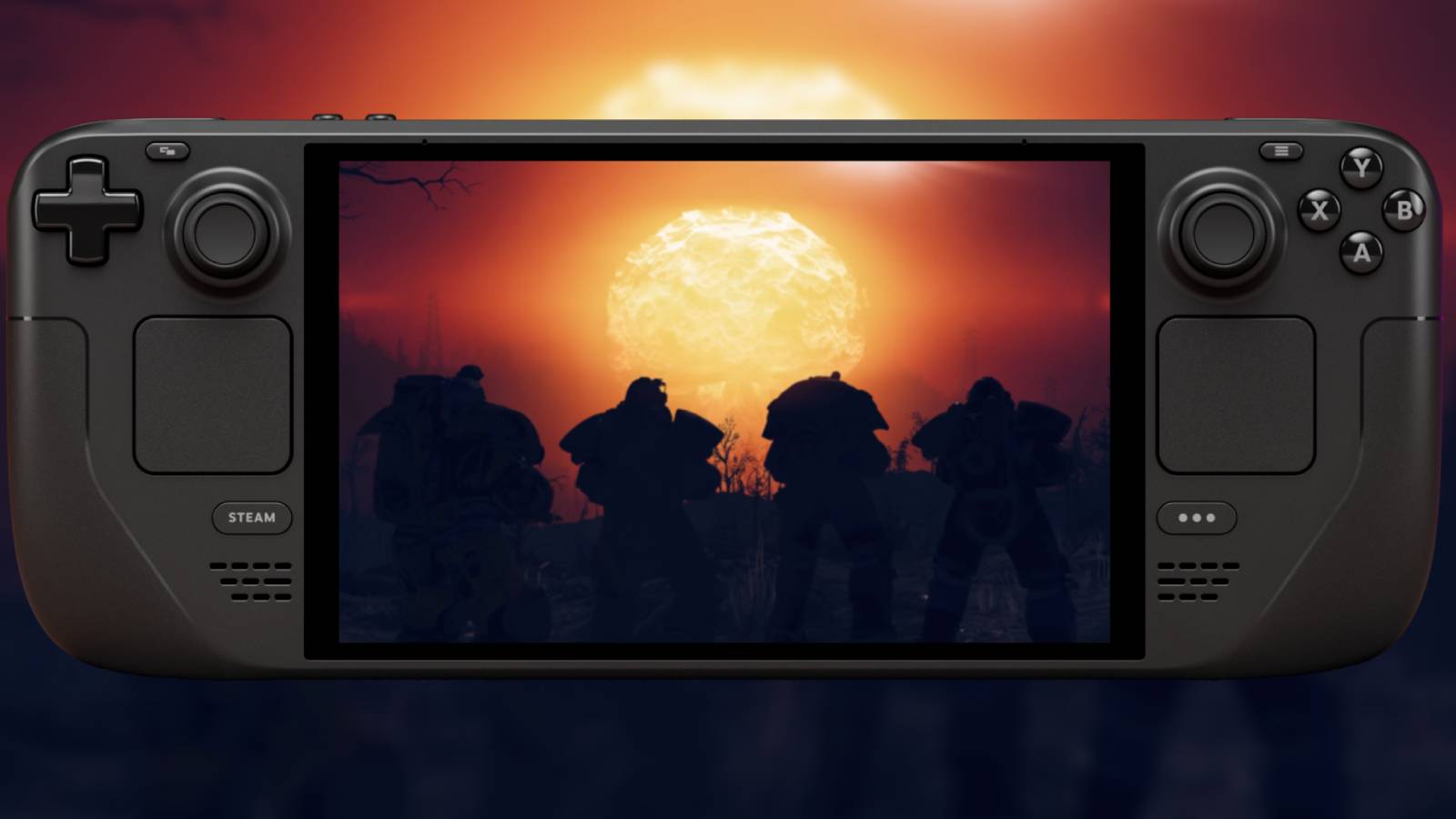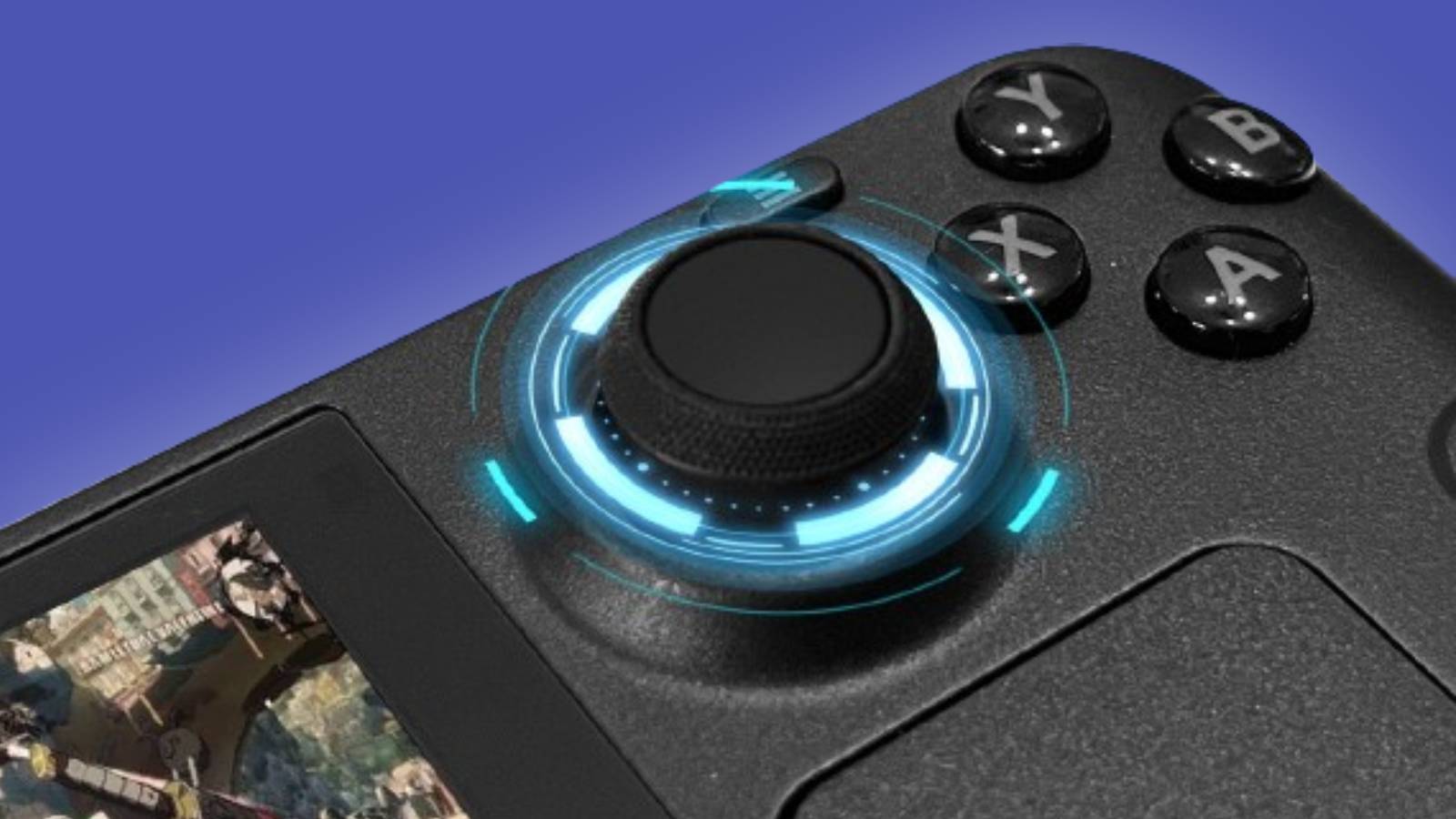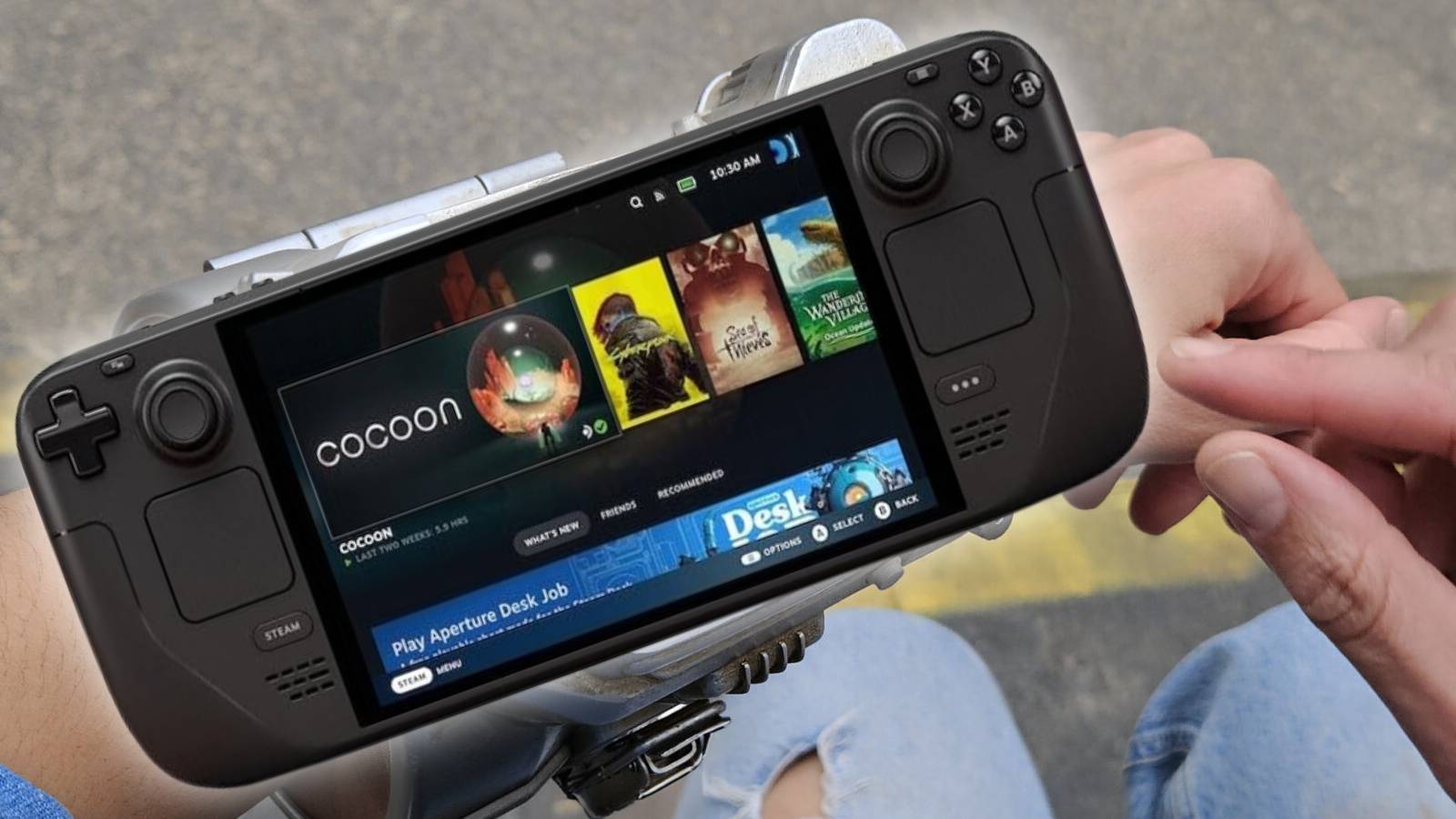I tried the MSI Claw & the Steam Deck rival left me puzzled
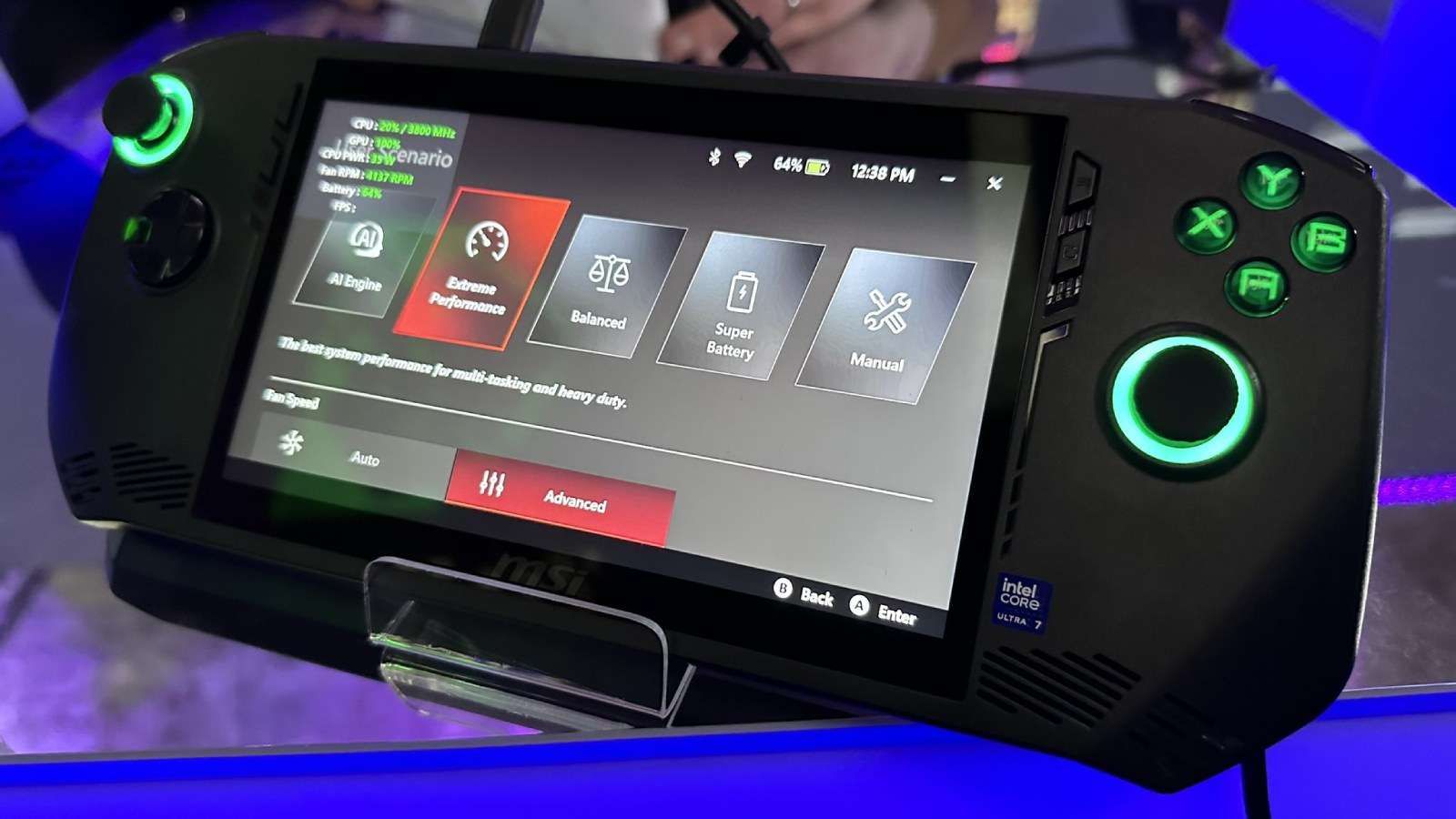 Dexerto
Dexerto The MSI Claw is the first gaming handheld to use Intel’s Core Ultra architecture, and after spending some time with the Steam Deck rival, it left me with more questions than answers.
Thanks to the Steam Deck, brands like Asus, Lenovo, and now MSI are rushing to cash in on the high-end handheld market. While competitors like Ayaneo have honed their craft by making handhelds for years, some brands are rushing products out to market, to capture interest in this new and emerging segment.
Enter the MSI Claw, which is poised to be the first handheld coming to market with Intel’s Core Ultra architecture, which contains Intel Arc graphics inside of it. While Arc itself had a rocky launch, the company has taken strides to improve its performance. But, is it ready to tackle the heady challenge of being popped into a dedicated handheld gaming PC?
A spiky contender
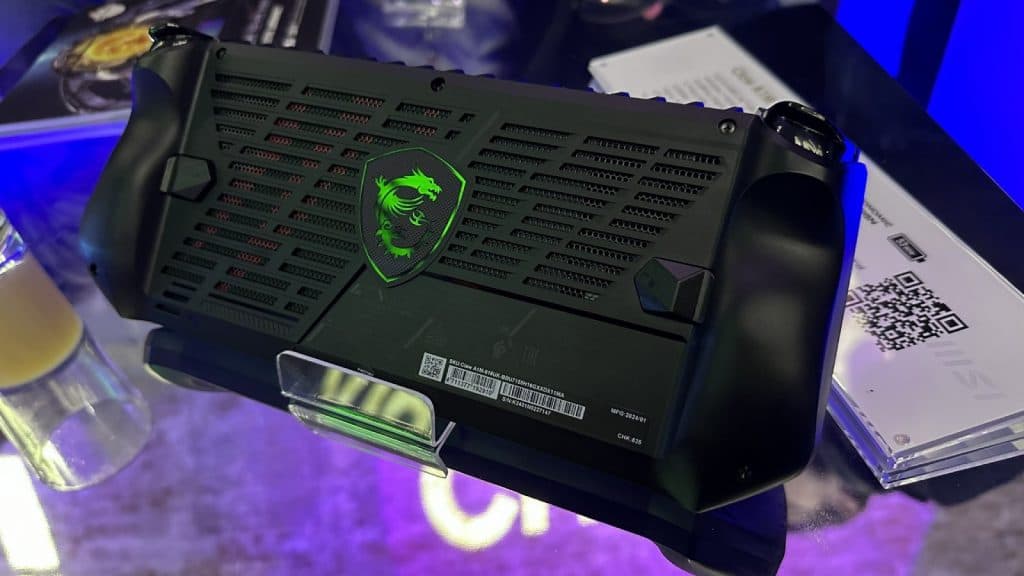 Dexerto
Dexerto The MSI Claw’s specs boasts some interesting tech specs here, with a Core Ultra 7 155H inside, 16GB of RAM, a 120Hz screen, and a massive 53Whr battery. However, it’s still heavier than the Steam Deck OLED. After getting the device into my hands for the first time, it looked like every other Windows handheld I’ve used before, while also being startlingly similar to the Asus ROG Ally, which has been on the market for a while.
However, the MSI Claw is just a bit spikier in every direction: its shoulder buttons are pointy, and so are its two back buttons. This was immediately obvious when I first picked the handheld up. Given that the shoulders and rear are where your hands naturally rest on a system, it wasn’t a great first impression. But, it gets worse.
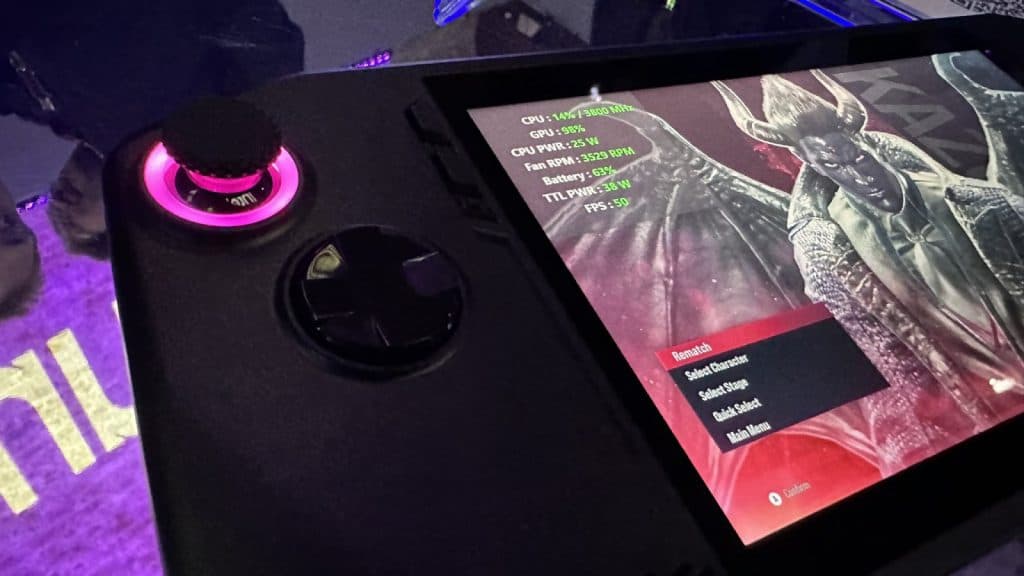 Dexerto
Dexerto The buttons and sticks largely feel good: It even uses Hall Effect sticks and triggers, but the D-Pad is one of the worst feeling I’ve ever used on a handheld system. The raised disc reminded me of the Xbox 360 pad, and after playing Tekken 8 and Street Fighter 6 on the handheld – both games which I am quite proficient at – I wouldn’t trust it to play my favorite input-based fighters.
Variable refresh rate & software
The MSI Claw has an up to 120Hz screen, which you can configure by its quick settings button and scrolling down: This is an excellent feature that I wish more gaming handhelds, such as offerings from Ayaneo, would adopt. I could select everything from 48Hz, to 120Hz for the screen.
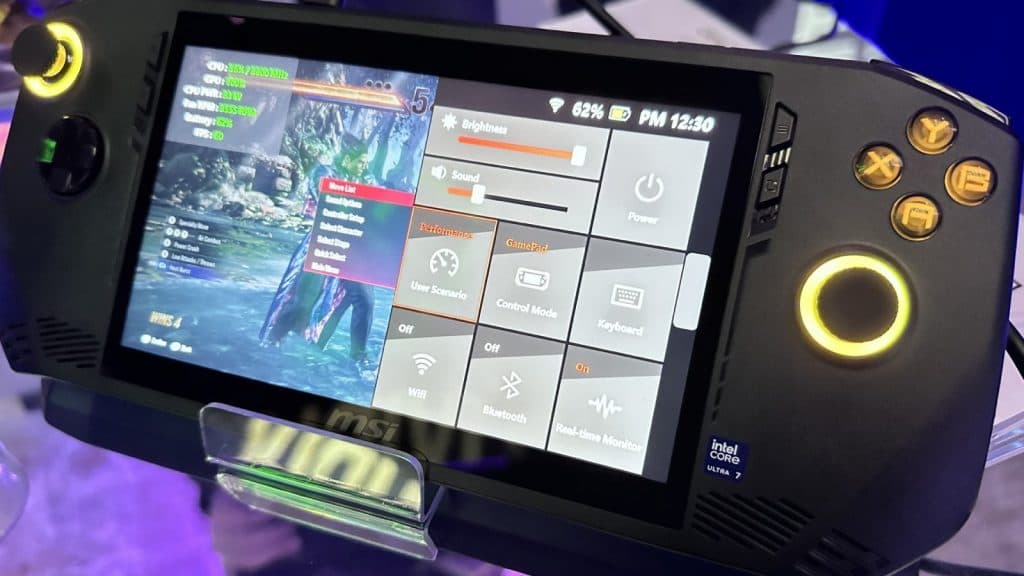 Dexerto
Dexerto This approach is great, and the system is also confirmed to support variable refresh rates, if you delve deep enough into the MSI Claw’s launcher, which, looks like yet another stab to streamline the Windows handheld experience.
I found the settings menus quite tricky to navigate during my time with the MSI Claw, though these impressions come after using the device for around an hour or so.
Shocking performance
The Steam Deck has been out there for a couple of years, and rival handhelds like the ROG Ally and Legion Go are actually faster than Valve’s humble portable. But, the MSI Claw brings something new to the table: Intel’s Core Ultra architecture.
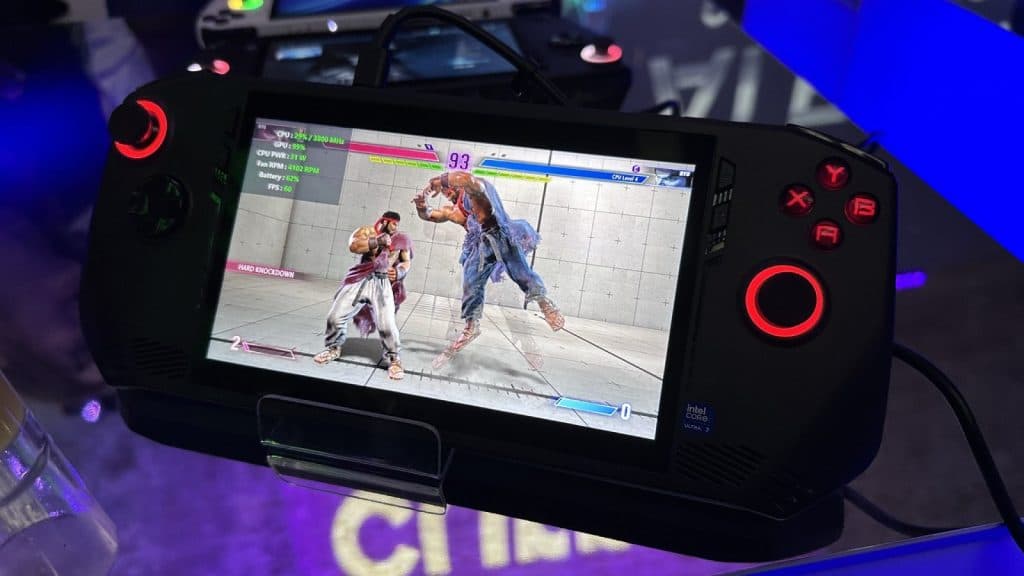 Dexerto
Dexerto The Core Ultra chip also comes with Intel Arc graphics, and given that this is a gaming device, we put it to the test in some of the supplied games that MSI was showing off, namely Tekken 8, Street Fighter 6, Prince of Persia: The Lost Crown, and Rayman Legends. It was a puzzling spread, that only highlighted the worst that the handheld has to offer.
In both Street Fighter 6 and Tekken 8, tuned to a low resolution and settings, there was an unacceptable and perceptible amount of input latency. This destroys the gameplay experience of both games entirely. While this won’t affect titles that don’t rely on more precise input, it’s even clear in menus, with buttons taking a significant amount of time to load. Loading shaders in Tekken 8 was most noticeable in the opening segments of a battle, while Prince of Persia: The Lost Crown crashed entirely in the middle of a play session.
It’s not a good look for the MSI Claw, and I came away from the experience frustrated entirely. The icing on the cake? The MSI Claw is more expensive than both the Steam Deck and the base model of the ROG Ally.
Who is this for?
After spending some time with it, the MSI Claw just seemed like a totally puzzling device in its entirety. Intel Arc’s mobile offering is just not ready to put into a handheld, its software is messy, and the design of the device leaves a fair bit to be desired.
For those looking for a Steam Deck alternative, the ROG Ally and Ayaneo lineup of devices will have more to offer you and will be sure to induce fewer headaches. Given that the device is already out, I won’t be linking a place for you to buy one on this page.
It’s just not worth your time. I wish I had more time to test the ins and outs of the system in actual benchmarks, but it’s likely that after hitting publish on this, MSI won’t be too keen to publish more of my thoughts on the matter.
